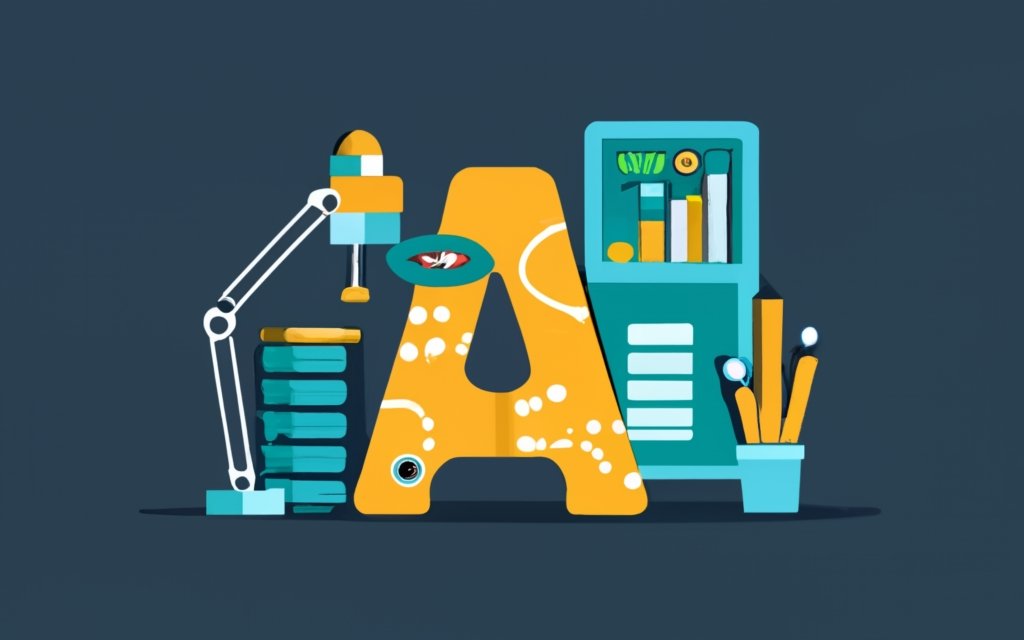What is a software artifact?
 LingarajTechhub All About Programming
LingarajTechhub All About Programming
In software development, a software artifact refers to any document or item that is produced or modified as a result of the software development process. These artifacts play a crucial role in capturing and communicating various aspects of the software development life cycle. Software artifacts can take various forms, and their nature depends on the specific methodologies and practices employed in a given development project. Here are some common types of software artifacts:
Source Code: The most fundamental software artifact is the source code. This includes the actual lines of code written by developers to implement the software.
Executable or Binary Files: The compiled or interpreted output of the source code, which can be run on a computer. This includes applications, libraries, and other executable files.
Documentation: Various types of documentation are created throughout the software development process. This may include requirements documents, design documents, technical specifications, user manuals, and API documentation.
Diagrams and Models: Visual representations of the software architecture, design, or business processes This can include flowcharts, UML diagrams, entity-relationship diagrams, and more.
Test Cases and Test Plans: Artifacts related to testing, such as test cases, test plans, and test scripts, help ensure the quality and reliability of the software.
Build Scripts: Configuration files or scripts that define how the software is built. This includes information about dependencies, compilation steps, and other build-related instructions.
Version Control System Metadata: Information stored in version control systems (e.g., Git, SVN) that tracks changes to the source code and other project files over time.
Bug Reports: Documents or records that detail issues, defects, or bugs discovered during testing or after the software has been released.
Deployment Scripts: Instructions or scripts used to deploy the software in various environments, specifying how the software should be installed and configured.
Conclusion:
Software artifacts are essential for collaboration, communication, and future maintenance of the software. They provide a record of decisions made, the rationale behind those decisions, and information necessary for understanding, modifying, and extending the software system. The exact set of artifacts can vary based on the development methodology employed, such as waterfall, agile, or DevOps practices.
Subscribe to my newsletter
Read articles from LingarajTechhub All About Programming directly inside your inbox. Subscribe to the newsletter, and don't miss out.
Written by

LingarajTechhub All About Programming
LingarajTechhub All About Programming
Corporate Software Development Trainer with a demonstrated track record of success in the IT and Ed-tech industries for product development. I started my career as a software developer and have since taught C, C++, Java, and Python to hundreds of IT enthusiasts, including corporate professionals, throughout the years. I have been developing software for over 12 years.